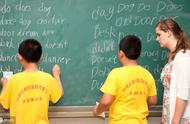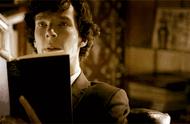
[知识梳理]

一般现在时
(一)定义讲解:
一般现在时:表示经常性的事情,经常性的动作或一般性事实。
时间状语:often 经常,usually通常,always 总是,every每个,sometimes 有时,at…在几点钟
只有在第三人称单数用动词的“三单变化”,其他用动词的原形。
三单变化:
多数在动词后加-s,如play—plays、like—likes;
1.直接在动词词尾加-s.
ask—asks、work—works、get—gets
2.以字母s, x, ch, sh或o结尾的动词,在词尾直接加-es.
watch—watches、fix—fixes、do—does、go—goes、pass—passes;
3.以“辅音字母加-y”结尾的动词,要先变y为i再加-es.
try—tries、study—studies、fly—flies;
还有一种不规则变化:
be—is are、have—has.
(二)一般现在时用法:
1、表示经常性、习惯性、永久性的动作或存在的状态。通常与副词sometimes、often、usually、always、every day (year、month)、once(twice、three times) a day等时间状语连用。
如:They usually go to school by bike.
2、表示客观真理、科学原理、自然现象等客观事实或格言、谚语等。
如: The sun rises in the east and sets in the west every day.
(三)一般现在时的句子转换:
1.当句子中有be动词或情态动词时,则把be动词或情态动词(can、could等等)提到主语的前面变成疑问句;在be动词或情态动词后面加not变成否定句。
例:①陈述句:She is a student.
疑问句→ Is she a student?
否定句→ She is not a student.
②陈述句:I can swim.
疑问句→ Can you swim.
否定句→ I can not swim.
2.当句子中即没有be动词,也没有情态动词时,则在主语前加助动词do(you以及复数),does(单数she、he、it)变成问句;在主语后谓语动词前加助动词don’t(I、you以及复数),doesn’t(单数she、he、it)变成否定句,助动词后的动词要变成动词原形。
例:①陈述句:We get up at 7:00 every morning.
疑问句→Do you get up at 7:00 every morning?
否定句→We don’t get up at 7:00 every morning.
②陈述句:She has a little brother.
疑问句→ Does she have a little brother?
否定句→ She doesn’t have a little brother.













